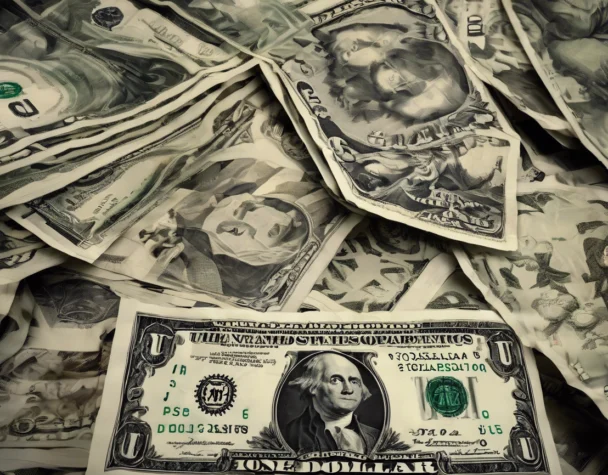
U.S. Dollar Slides as Swiss Franc and Euro Gain Amid Tariff Turmoil
Fri, April 11, 2025Safe-Haven Currencies Surge on Trade War Escalation
Currency markets have seen a sharp shift in sentiment as renewed tariff threats from the U.S. spark fears of economic fallout. The U.S. dollar has weakened significantly against major global currencies, with the Swiss franc and euro showing notable strength as investors retreat into safe-haven assets.
As of April 10, 2025, the Swiss franc surged to a 10-year high against the dollar, trading at 0.825 USD/CHF, reflecting rising demand for stability in the face of global trade disruptions. Similarly, the euro appreciated to 1.1052 USD, supported by positive eurozone sentiment and the dollar’s continued sell-off.
The Japanese yen also gained ground, reaching 144.66 JPY/USD. This uptick came as Asian markets responded to the U.S. administration’s confirmation of sweeping 25% tariffs on auto imports and components—a move that has sent shockwaves through international trade channels.
In contrast, China’s yuan depreciated to a 17-year low, raising speculation over a potential devaluation tactic to counteract tariff pressure. Analysts warn this could spark competitive currency weakening across Asia, further unsettling forex markets.
For more insight into the evolving trade and currency tensions, see The Guardian’s live coverage.
Pound and Aussie Dollar Show Divergent Paths
The British pound has remained relatively stable amid the broader volatility, buoyed by improving domestic economic indicators and central bank guidance. Currency strategists at MUFG project a gradual strengthening of the GBP against the dollar over the next two quarters. This outlook reflects confidence in the U.K.’s ability to shield its economy from external shocks—at least in the near term.
On the other hand, the Australian dollar continues to waver. Recently quoted at 0.6043 USD, the AUD remains vulnerable to commodity market fluctuations and reduced Chinese demand. As Australia’s economy is heavily export-reliant, especially on trade with China, the yuan’s weakening is amplifying downward pressure on the Aussie.
Meanwhile, Argentina’s renewal of a $5 billion currency swap with China has attracted attention in emerging markets. This move aims to shore up foreign reserves as local currencies in developing economies come under stress.
You can read more on that via Reuters.
Conclusion
Currency markets are increasingly reflecting investor anxiety over policy decisions rather than traditional economic fundamentals. As the U.S. ramps up its tariff agenda, safe-haven currencies like the franc and yen are expected to remain strong. The dollar’s near-term direction will largely depend on whether upcoming negotiations de-escalate or intensify the current trade standoff. Investors are advised to brace for continued volatility in the forex space.

